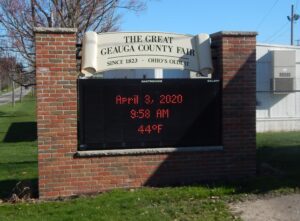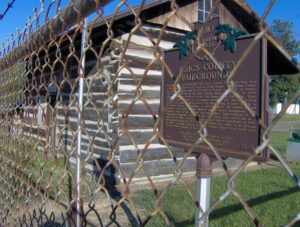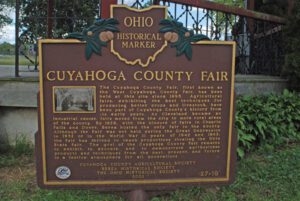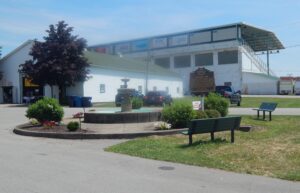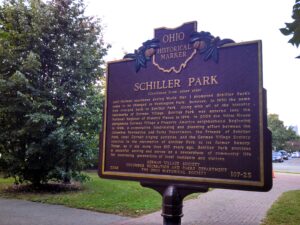, OH
The Great Geauga County Fair is the longest continuously operating county fair in Ohio. The fair is a major county gathering event each year, pulling together people from the whole county. Geauga’s settlers imported the idea of the county fair with them from New England. The fair’s parent organization, the Geauga County Agricultural and Manufacturing Society, began holding fairs on Chardon Square in 1823. Since then, the Geauga County Fair has served as a gathering place and form of education to promote local agriculture and introduce farmers to new farming developments and each other. Controversy arose between 1840 and 1854 after Lake County ceded and Chardon, Claridon, and Burton vied for the permanent fair grounds. Burton’s proposal was accepted, improvements began immediately, and the fair grew quickly. The Great Geauga County Fair continues as a time-honored tradition.
, OH
Situated in an agriculturally rich area, county fairs have long been a significant tradition and event in Meigs County. The Meigs County Agricultural Society held its first fair on October 22, 1851, in Middleport and its second at the Rock-Spring Hotel on October 31, 1852. Subsequent fairs occurred around the county until March 14, 1868, when the first section of a permanent location was purchased from Leonard and Jane Carleton near Rock Springs and became known as the Meigs County Fairgrounds. A popular place, the nearby natural springs, exemplified by the historic stone-carved springhouse, once supplied water to the grounds and community. Improvements to the fairgrounds included expanding the one-third mile racetrack to a half-mile in 1889, constructing the unique curved grandstand in 1890, and reconstructing the 1829 Foster-Jenkinson log cabin on the grounds in 1987. A single barrack from the Civilian Conservation Corps camp of the 1930s remains in use.
, OH
The Cuyahoga County Fair, first known as the West Cuyahoga County Fair, has been held at this site since 1895. Agricultural fairs, exhibiting the best techniques for producing better crops and livestock, have been part of Cuyahoga County’s history from its early years. As Cleveland became an industrial center, fairs moved from the city to more rural areas of the county. By 1928, with the closure of fairs in Chagrin Falls and Dover, Berea hosted the only fair in the county. Although the Fair was not held during the Great Depression in 1932 or in the World War II years of 1942 and 1943, the Fair has thrived to reach proportions rivaling the Ohio State Fair. The goal of the Cuyahoga County Fair remains to exhibit, to educate, and to demonstrate agribusiness products and techniques from the past, present, and future in a festive atmosphere for all generations.
, OH
In 1846, the same year that Mahoning County was created, Ohio’s General Assembly passed an act “for the encouragement of agriculture.” An outgrowth of this legislation led to the founding of the Mahoning County Agricultural Society in April 1847. Boasting a membership of 170, the Society agreed to sponsor competitions for premiums to be distributed at an “annual fair and cattle show the next fall.” Canfield was the geographic center of the county and selected as the site for the first fair. In October, from the lawn of the First Congregational Church, Comptroller of the United State Treasury Elisha Whittlesey welcomed participants. Admission was one shilling (twelve and one half cents). The Village Green overflowed with exhibitions of prized livestock, harvests, plowing contests, and horse racing. Early fairs were one-day events attended primarily by gentlemen. However, the church provided a venue for ladies to display their handiwork. (continued on other side)
, OH
Long a gathering place for residents of Columbus, this area, which became known as Schiller Park, hosted German songfests, Fourth of July festivities, the 1864 and 1865 Ohio State Fairs, and the 1871 peace celebration commemorating the end of the Franco-Prussian War. In 1867, the City of Columbus purchased 23 acres of this area, then known as Stewart’s Grove, for $15,000 and named it City Park. On July 4, 1891, before a crowd of 50,000, the German-American community dedicated the 25-foot tall, 2,640 pound statue of German poet Friedrich von Schiller that had been cast in Munich, Germany and given as a gift to the City of Columbus. In 1905, the Park’s name was changed to Schiller Park. (Continued on other side)


